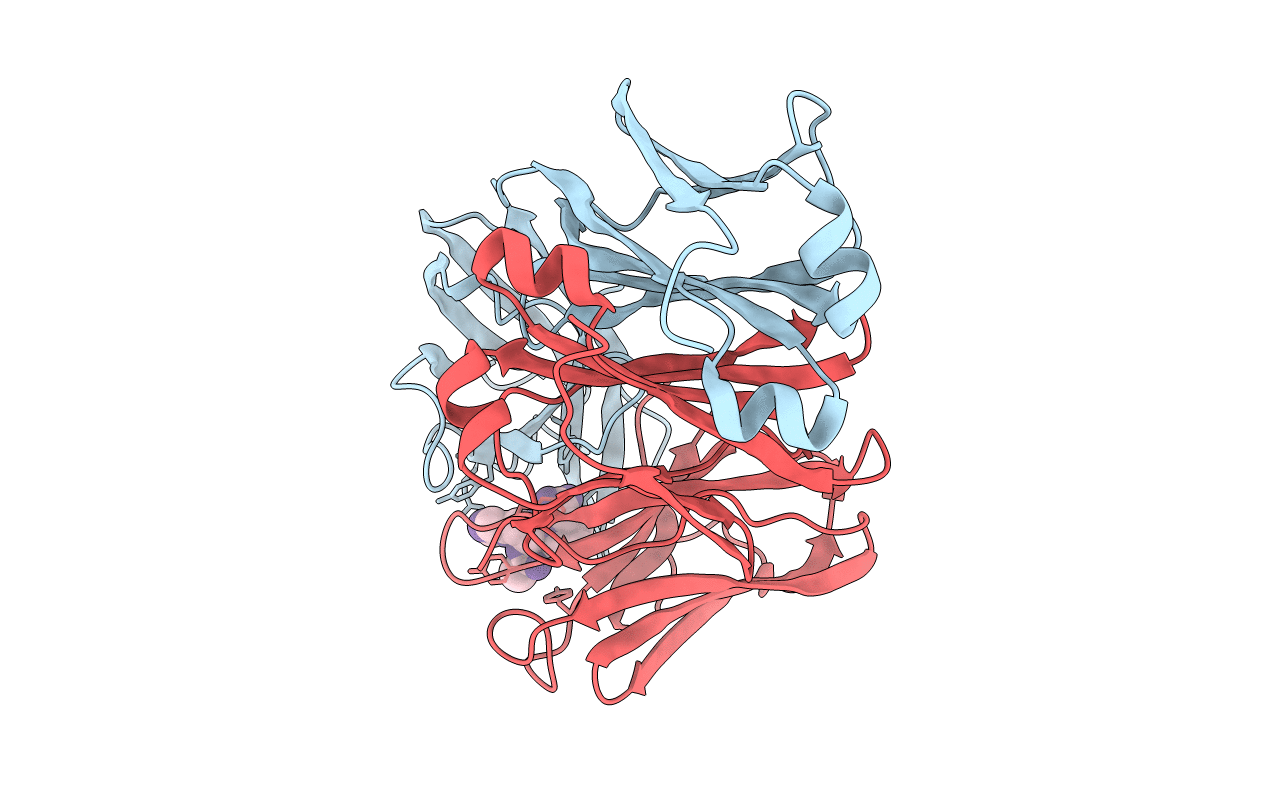
Deposition Date
1993-02-25
Release Date
1994-01-31
Last Version Date
2024-10-30
Entry Detail
PDB ID:
1MCL
Keywords:
Title:
PRINCIPLES AND PITFALLS in DESIGNING SITE DIRECTED PEPTIDE LIGANDS
Biological Source:
Source Organism:
Homo sapiens (Taxon ID: 9606)
Method Details:
Experimental Method:
Resolution:
2.70 Å
R-Value Observed:
0.18
Space Group:
P 31 2 1


